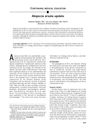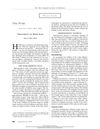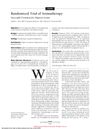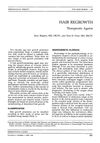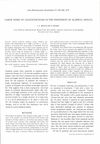The Treatment of Alopecia Areata
December 2001
in “
Dermatologic therapy
”
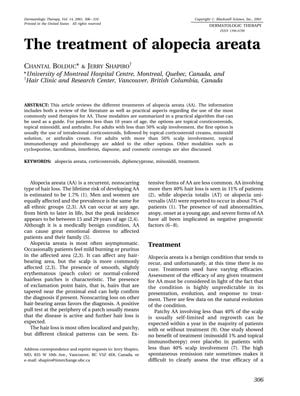
TLDR Different treatments for alopecia areata have unpredictable results and varying success rates.
The document from December 2001 reviews treatments for alopecia areata (AA), noting that the condition's course and response to treatment are unpredictable. For children under 10, recommended treatments include topical corticosteroids, minoxidil, and anthralin. Adults with less than 50% scalp involvement may use intralesional corticosteroids, topical creams, minoxidil solution, or anthralin cream, while those with more than 50% scalp involvement could also consider topical immunotherapy and phototherapy. The document reports varying response rates for different treatments: anthralin showed a 20-75% response for patchy AA and 25% for alopecia totalis, with a mean response time of 11 weeks; topical immunotherapy had a 22-68% cosmetically acceptable regrowth rate but a high relapse rate; PUVA therapy had a 20-73% initial response but also a high relapse rate; and cyclosporine was effective but had a high recurrence rate and significant side effects. Other treatments like tacrolimus, interferon, and dapsone had varied efficacy and side effects. Cosmetic solutions and psychological support were also deemed important for patients with extensive AA.
